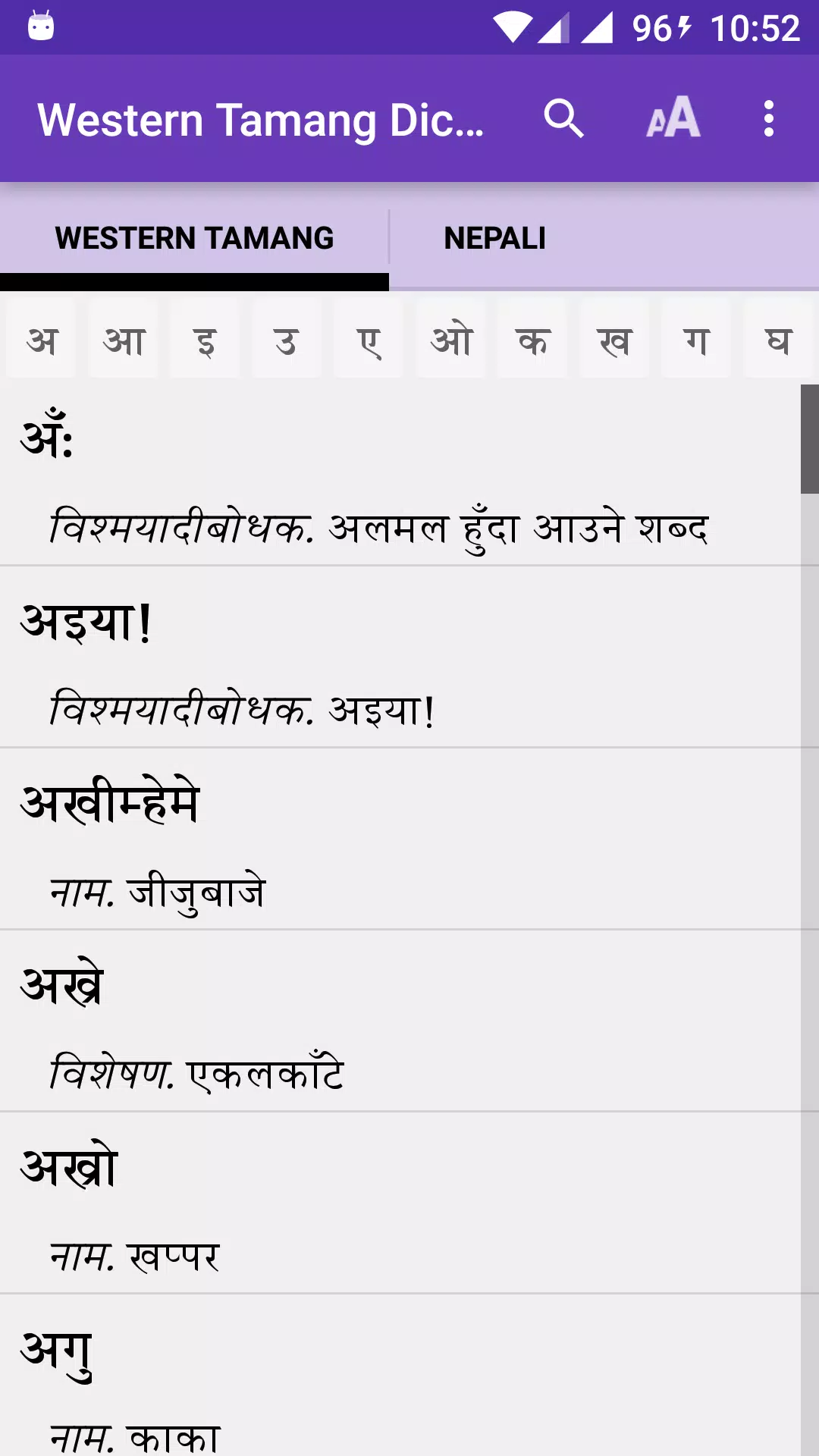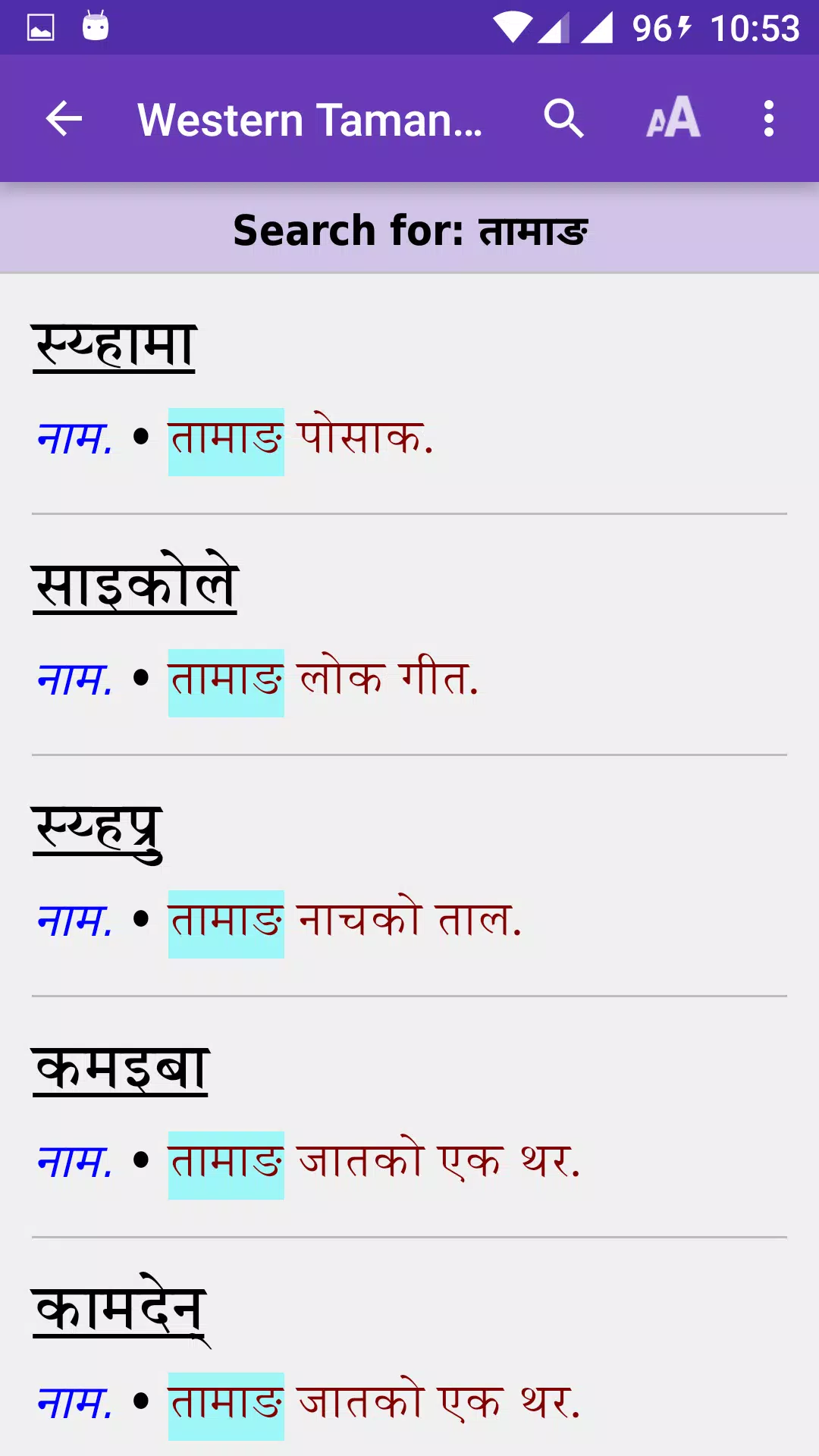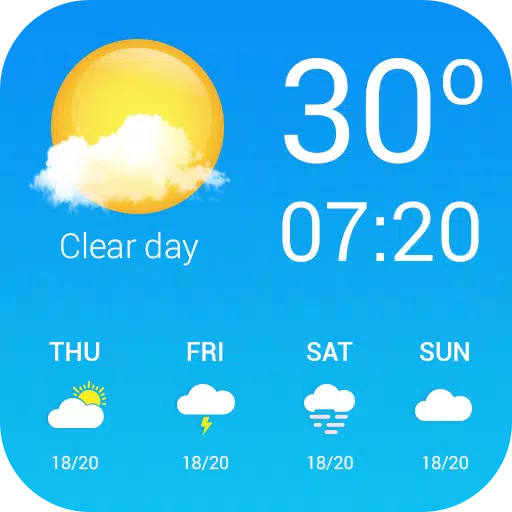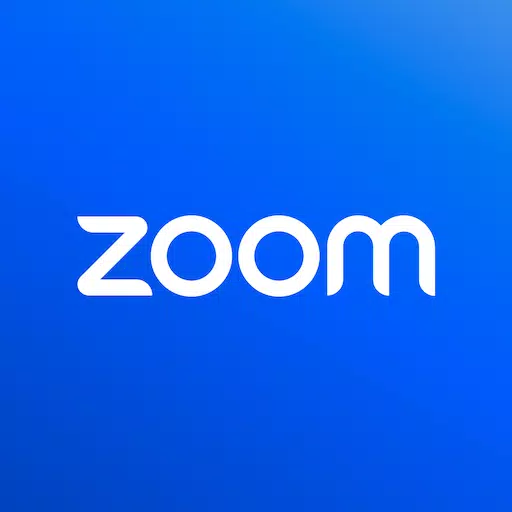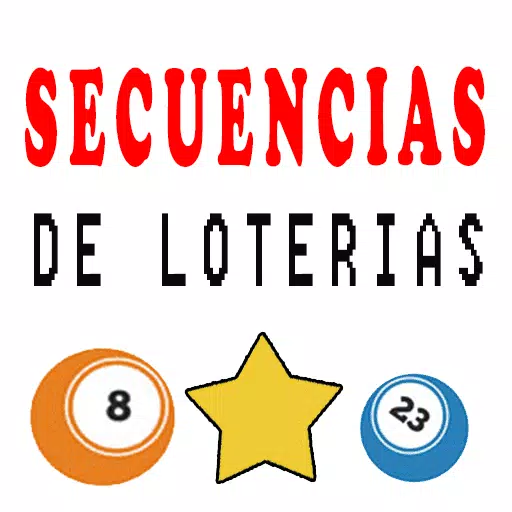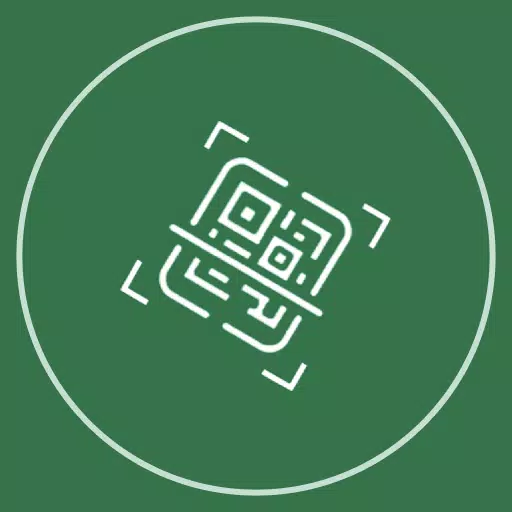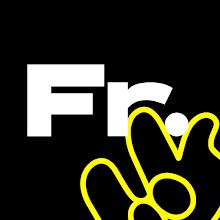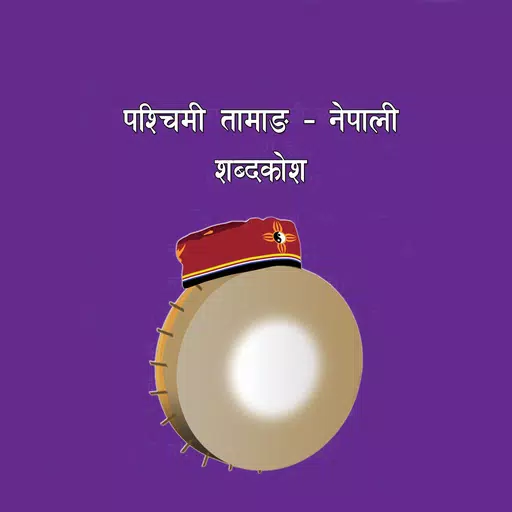
Western Tamang - Nepali Dictionary
Tamang is a vibrant language spoken by the Tamang community, one of the largest ethnic groups in Nepal. According to the 2011 Census, Tamang ranks fifth among Nepal's 123 languages, with 5.1% of the population speaking it. As part of the Tibeto-Burman branch of the Sino-Tibetan language family, Tamang is predominantly spoken around the Kathmandu Valley, though the Tamang people are scattered across various districts in the country. Acknowledging its cultural significance, the Nepal government recognized Tamang as an indigenous ethnic community in 2058 VS, and it has been prioritized as a national language in the interim constitution of 2063 VS and the constitution of 2072 VS.
The 'Do:ra song' narrates the migration of Western Tamang people from Tibet to Nepal via 'Same' in the Himalayas. This narrative situates Tamang communities in areas such as 'Rhirhap' and 'Gyagarden', below 'Bompo' and 'Lambu', and above 'Same'. In Tamang tradition, influenced by the belief that the earth's tail is in the north and its head in the south, deceased individuals are taken upwards, with their heads positioned southwards before cremation. 'Same' is symbolically considered 'the tail of the Earth', signifying a journey from the tail to the head.
Despite lacking a standardized grammar, Tamang is divided into two main dialects: Eastern and Western. Eastern Tamang, originating from the Langtang Himal and spoken east of the Trisuli River, is known as 'Syarba'. Conversely, Western Tamang, spoken in districts such as Rasuwa, Nuwakot, Dhading, Gorkha, Lamjung, Chitawan, and Kanchanpur, is referred to as 'Nhurba' or 'Nhuppa'.
This bilingual dictionary is a collaborative effort by members of the Western Tamang speech community from the aforementioned districts. It translates Tamang words into Nepali, making it a valuable resource for comparative linguistic studies. However, the number of Western Tamang speakers is declining due to the pervasive influence of Nepali, the lingua franca. This shift poses a significant threat to the survival of Western Tamang as a mother tongue, underscoring the importance of this dictionary in preserving, promoting, and developing the language.
Continuous improvement is essential for the dictionary's growth and maturity. The Tamang speech community, stakeholders, readers, organizations, and other relevant authorities are encouraged to provide insightful comments and feedback to enhance this resource.
What's New in the Latest Version 1.7
Last updated on Sep 29, 2024
- Updated on July 30, 2024
- New Android SDK
1.7
13.0 MB
Android 6.0+
sil.org.wtamang.tdg

